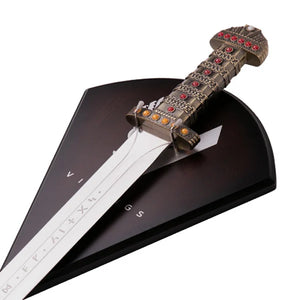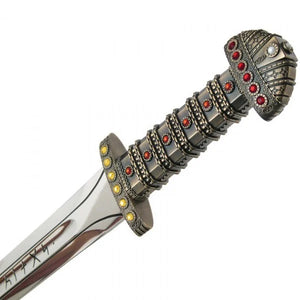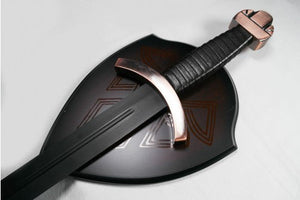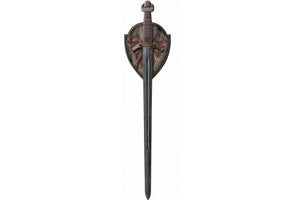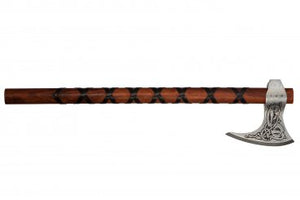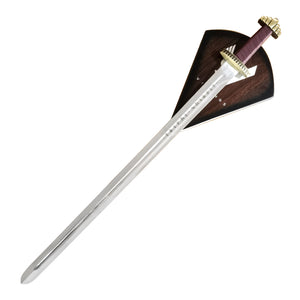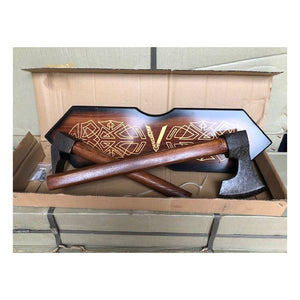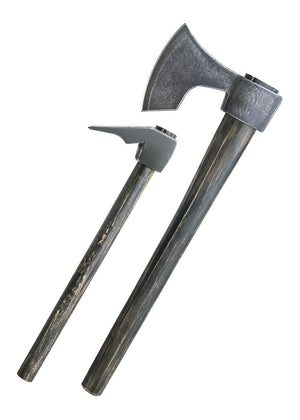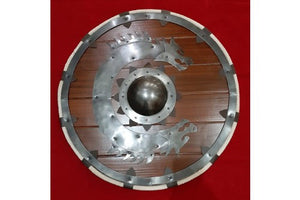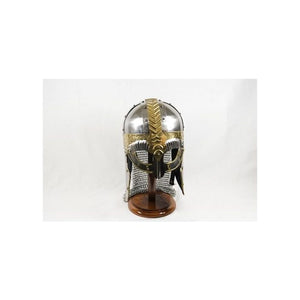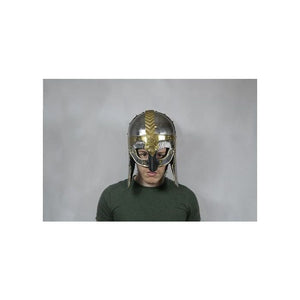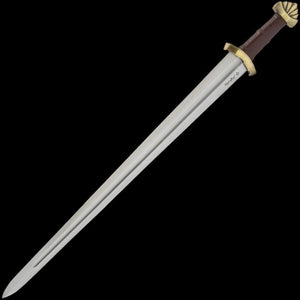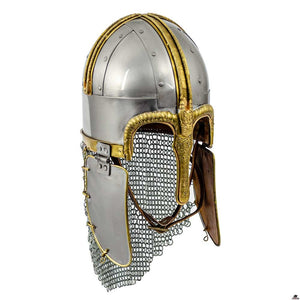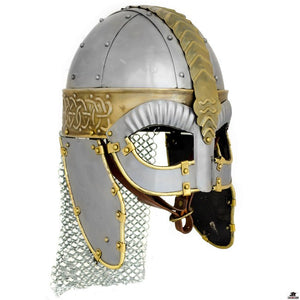Viking Armour Overview
Our collection of Viking armour is inspired by the iconic pieces worn by the Norse warriors, who roamed the seas and lands during the Viking Age (circa 793–1066 AD). These replicas are crafted with meticulous attention to detail, ensuring they capture the essence and design of the originals. Each piece of Viking armour is made with high-quality materials, providing durability and aesthetic appeal, making them perfect for display, reenactment, or as unique collectibles.
Viking armour is more than just protective gear; it is a testament to the artistry and engineering of Norse craftsmen. From the iconic helmets to the sturdy chainmail shirts (byrnie), our collection reflects the technological advancements and cultural significance of these pieces. These replicas allow collectors and enthusiasts to celebrate their passion for history and the legacy of the Viking Age.
Historical Significance of Viking Armour
Viking armour played a crucial role in the Norsemen's success as raiders and warriors. While not all Vikings wore extensive armor due to the expense and availability, those who did were well-protected and formidable in battle. The armour’s construction often included intricate designs and motifs that reflected the wearer's status and wealth.
Viking Helmets: Contrary to popular belief, Viking helmets did not have horns. The typical Viking helmet was made of iron and featured a simple design with a rounded cap and sometimes a nose guard (nasal). These helmets provided essential protection in combat while allowing for good visibility and mobility.
Chainmail (Byrnie): Chainmail shirts, known as byrnies, were made from interlocking iron rings. These provided excellent protection against slashes and stabs while being flexible enough for movement. A byrnie was a valuable item and often indicated the wearer’s high status.
Lamellar Armour: Some Vikings wore lamellar armour, which consisted of small iron plates laced together. This type of armour was more common among wealthier warriors and provided superior protection compared to chainmail.
Shields: Viking shields were large, round, and made from wood with a metal boss in the center. They were used both offensively and defensively, playing a crucial role in the Vikings' combat techniques.
The Cultural Impact of Viking Armour
Viking armour serves as a symbol of the valor and resilience of the Norse warriors. They are cherished by collectors for their aesthetic beauty and historical significance, representing the values of courage, exploration, and craftsmanship. By owning a piece of Viking armour, you are connecting with the legacy of legendary raiders and the timeless appeal of Norse culture.
Display and Care
These pieces of Viking armour are perfect for display in any home or office, allowing enthusiasts to showcase their appreciation for ancient history and craftsmanship. To maintain their beauty, regular cleaning and proper storage are recommended. Using a display stand can help protect the armour and ensure it remains a stunning centerpiece for any collection.
If you are interested in Vikings be sure to check out our Vikings fandom page!


